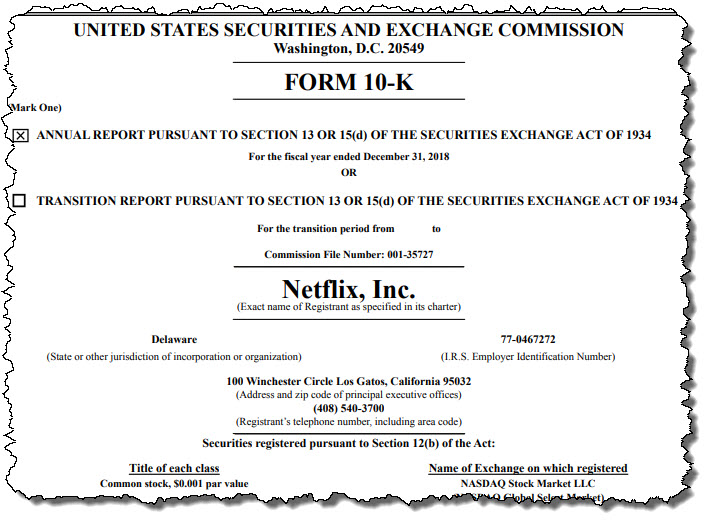Weekly Bookmarks
40th Edition — November 10, 2019
Too many organizations operate behind a cloak of secrecy and obfuscation. Just because leaders have the authority to make decisions, they think they have the right to neither explain the reasons nor accept the consequences.
Jeremy Hope on Open Book Management in Beyond Performance Management: Why, When, and How to Use 40 Tools and Best Practices for Superior Business Performance
1. Top Business Books in 2019
Each year, Strategy+Business publishes its opinion of the top business books of the year across 7 broad categories–narratives, talent & leadership, economics, strategy, management, tech & innovation, and marketing. Some of the noteworthy inclusions –
- Why Do So Many Incompetent Men Become Leaders? (Talent & Leadership)
- Seeing Around Corners: How to Spot Inflection Points in Business Before They Happen (Strategy)
- Loonshots (Tech & Innovation)
- The Age of Intent: Using AI to Deliver a Superior Customer Experience (Marketing)
I was disappointed with their Narratives selection. Narrative journalism is one of my favorite business genres, and their 3 picks do not look interesting. Then again, Bad Blood by John Carreyrou re-raised the bar by a mile or two in this book category early last year.
2. The Bezos Letters
I’m a huge fan of Adam Lean, the founder of The CFO Project. Adam is currently reading The Bezos Letters: 14 Principles to Grow Your Business Like Amazon. So far, Adam says it’s a ‘thumbs up’ read.
That reminds me of an HBR article published earlier in the year where the authors analyzed the words in Bezos’s letters to shareholders over the years. Key observations include:
- customer is the most frequent word used throughout the Bezos letters
- in 2004, there was a shift to organizational health
- expansion and growth was a key theme in 2006
- business development was a focus in 2007, 2010, and 2011
- employee or the plural form was the third-highest number
The takeaway? I’m still calling the Bezos letters required reading for any financial leader.

3. Risk Factors
I continue to be impressed with business owners who run their businesses with an open book where every staff member knows if the business is winning or losing and the reasoning behind the score. Businesses with an open book culture still require a great product, a healthy or growing market sandbox, and competition that can be harnessed and tamed. If those boxes are all checked, then the open book culture will make winning not easy, but easier.
As I was skimming a recent Netflix annual report this week, I was reminded that every public company documents its risk factors. In 2018, here are a few of the risk factors that Netflix reported:
- If our efforts to attract and retain members are not successful, our business will be adversely affected
- If we are not able to manage change and growth, our business could be adversely affected
- We may not be able to generate sufficient cash to service our debt and other obligations
Weighing in at more than 10 pages and nearly 9,000 words, this is not shallow or meaningless content. Imagine if every employee in your company knew the risk factors in the business and how each of those risks could be mitigated by each and every small team within the organization. This is the beginning of a strong and thriving open-book culture.

4. Rowing in the Same Direction
This past week, Josh Anderson of the QSR Nation podcast sent me a link to an episode where the four co-hosts hit me with small business questions on marketing, operations, the Kolbe A™ Index, and books.
As I was re-listening (and holy Geesh, I hate listening to myself), there was one question I had forgotten responding to. It was about one of my favorite books.
All of us likened business to athletes on a rowing or crew team propelled by 8 talented participants and a leader, the coxswain. The imagery is vivid as we make comparisons to this sport:
- the sport is demanding, requiring strength and stamina
- each person in each seat has a role
- the most gifted and talented athlete cannot say, “I’m better than you.” It’s a team sport.
- put another way, you win as a team, you lose as a team
- the coxswain ensures the team is rowing in the right direction, at the right speed, at the right cadence
If the above resonates, you’ll love The Boys in the Boat by Daniel James Brown. This is narrative journalism at its finest.

5. Tilman Fertitta, Part II
A few weeks ago, I praised Tilman Fertitta’s new book, Shut Up and Listen!: Hard Business Truths that Will Help You Succeed. If you have not read the book, nearly 200,000 viewers have watched part or all of this interesting interview between Tilman and Tom Bilyeou of Impact Theory.
My favorite line on what drives him –
It’s just a sport. This is what I do every day. This is what I enjoy doing every day. This is my basketball, my game, my pickup monopoly game. I love going to the office and leading people and trying to conquer something. It’s what I enjoy doing. It’s sport.
On being a bull or bullish in your current position –
Whatever position you’re at, you want to be the bull. I don’t care if you are in the mailroom, or if you’re the person behind that camera. I’m going to be better than anybody else … you can be the bull in any position you are doing. And it’s just telling yourself, I’m going to do this better than anybody else. I don’t care what the job is.
Who gets to own 100% of their team in their hometown (the Houston Rockets)? Tilman Fertitta.
Recent Bookmarks – 39 | 38 | 37
Thank You For Reading
If you like the content above and the posts at CFO Bookshelf, may I ask a favor? Feel free to share this with other readers along with commenting on your favorite blog posts on LinkedIn, Twitter, or Facebook.
Take care and have a great week. Always be learning.

Leave a Reply